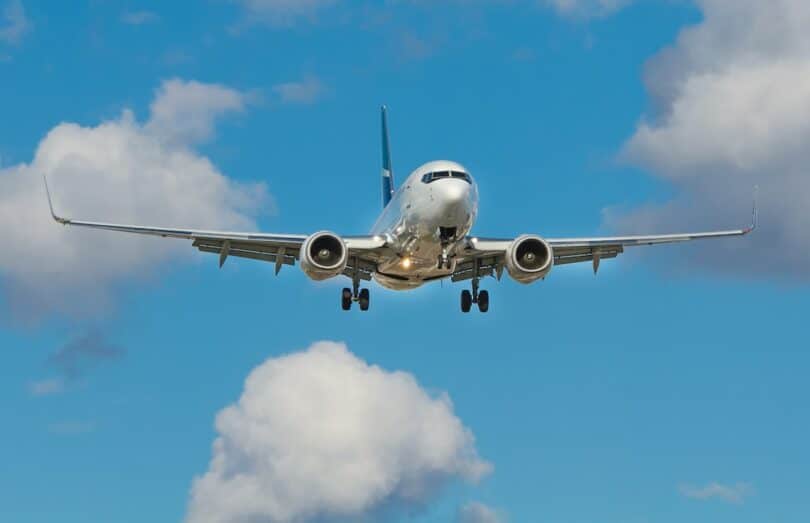For pilots, whether commercial, private, or military, life insurance is a critical component of financial planning, yet it comes with unique challenges and considerations. Pilots, due to the nature of their profession, often face different risks compared to other professions, which can impact their life insurance options and costs. This comprehensive guide explores life insurance for pilots, delving into the specifics of what pilots need to consider when seeking life insurance coverage. Understanding these unique factors is crucial for pilots looking to secure the right coverage that adequately reflects the risks and realities of their profession.
The Unique Insurance Needs of Pilots
Pilots operate in an environment that is inherently riskier than many other professions. This elevated risk profile can influence life insurance premiums and policy acceptance rates. For insurance providers, the type of flying, the number of flight hours, and the pilot’s experience are significant factors in determining policy terms and costs.
Why Standard Policies May Not Suffice
For pilots, standard life insurance policies may not always provide adequate coverage, or they may come with exclusions related to aviation activities. Specialized life insurance policies designed for pilots are often necessary to ensure comprehensive coverage without restrictive clauses.
Assessing Pilot-Specific Risks
Factors such as the pilot’s flying frequency, the types of aircraft flown, and the nature of the flying (commercial, instructional, recreational) play a crucial role in the underwriting process. These factors can affect the availability and cost of life insurance for pilots.
In the following sections, we will explore the types of life insurance available for pilots, how to navigate the underwriting process, the impact of aviation activities on insurance premiums, and tips for pilots to secure the best possible coverage.
- Types of Life Insurance Policies for Pilots
- Underwriting Process for Pilots
- Impact of Aviation Activities on Premiums
- Tips for Securing Optimal Coverage
Let’s dive into the specifics of life insurance for pilots, providing insights and guidance on securing appropriate and affordable coverage in a profession that touches the skies.
Types of Life Insurance Policies for Pilots
Specialized Pilot Policies
Some insurance companies offer life insurance policies specifically tailored for pilots. These policies are designed to cover the unique risks associated with various types of flying and often do not contain aviation exclusions that are common in standard policies.
Rider Options
Pilots might consider adding a pilot rider to a standard life insurance policy. This rider can cover aviation-related activities that might be excluded in the base policy, ensuring comprehensive coverage while engaged in flying activities.
Underwriting Process for Pilots
Assessing Pilot Qualifications
During the underwriting process, insurers will assess a pilot’s qualifications, including licenses, training, and flying experience. A well-qualified pilot with extensive training and a strong safety record may be more likely to receive favorable terms.
Types of Flying
The underwriting will also consider the types of flying the pilot engages in – whether it’s commercial, private, or recreational flying. Commercial pilots might find more favorable terms due to the stringent safety regulations and training in commercial aviation.
Impact of Aviation Activities on Premiums
Flight Hours and Experience
A pilot’s total flight hours and experience level can significantly impact life insurance premiums. Generally, more experienced pilots with higher flight hours may be perceived as lower risk.
Aircraft Types
The type of aircraft flown can also affect insurance rates. For instance, flying large commercial airliners might be viewed as less risky compared to flying smaller private planes or engaging in riskier flying activities like stunt flying.
Tips for Securing Optimal Coverage
Shop Around
Pilots should compare policies from multiple insurers. Some companies are more pilot-friendly and offer more competitive rates for pilots than others.
Review Policy Details
Carefully review the policy terms, especially any aviation exclusions or limitations. Ensure that the policy covers the full scope of your flying activities.
Update Qualifications
Keeping flying qualifications up to date and engaging in ongoing training can help in securing better insurance terms.
Consider Group Policies
Pilots employed by airlines or members of pilot associations may have access to group life insurance policies, which can offer favorable terms and rates.
Conclusion:
In conclusion, life insurance for pilots requires careful consideration of the unique risks and challenges associated with the profession. Pilots need to navigate the insurance landscape to find policies that provide comprehensive coverage without prohibitive costs. Specialized pilot life insurance policies, riders, and a thorough understanding of the underwriting process are key to securing the right coverage.
By being informed, shopping around, and focusing on maintaining a strong safety record, pilots can find life insurance solutions that provide peace of mind and financial security. Ultimately, the right life insurance policy ensures that pilots can focus on their passion for flying, knowing they have the necessary protection in place.



